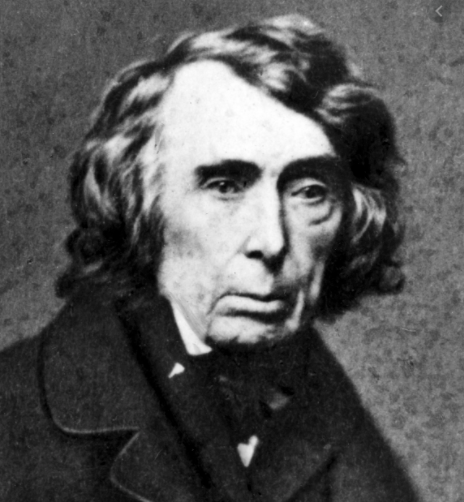Roger B. Taney on Judicial Activism: Dred Scott v. Sandford, 1857.

Dred Scott v. Sandford is one of the most infamous Supreme Court decisions in history. It ruled, among other things, that slaves were not citizens and, therefore, could not sue in federal courts. Furthermore, the Court ruled that Congress could not outlaw slavery in the territories. Of course, this contributed mightily to the sectional conflicts that resulted in the War Between the States.
It is not the purpose of this short post to address the slavery issue or the historical context of the decision.
Ensconced in Taney's ruling (as he was the author of the majority opinion) is a brief comment about what we would call today "judicial activism." It gives one something to think about.
August Glen-James, editor
Any other rule of construction would abrogate the judicial character of this court, and make it the mere reflex of the popular opinion or passion of the day.
“No one, we presume, supposes that any change in public opinion or feeling, in relation to this unfortunate race, in the civilized nations of Europe or in this country, should induce the court to give to the words of the Constitution a more liberal construction in their favor than they were intended to bear when the instrument was framed and adopted. Such an argument would be altogether inadmissible in any tribunal called to interpret it. If any of its provisions are deemed unjust, there is a mode prescribed in the instrument itself by which it may be amended; but while it remains unaltered, it must be construed now as it was understood at the time of its adoption. It is not only the same in words, but the same in meaning, and delegates the same powers to the Government, and reserves and secures the same rights and privileges to the citizen; and as long as it continues to exist in its present form, it speaks not only in the same words, but with the same meaning and intent with which it spoke when it came from the hands of its framers, and was voted on and adopted by the people of the United States. Any other rule of construction would abrogate the judicial character of this court, and make it the mere reflex of the popular opinion or passion of the day. This court was not created by the Constitution for such purposes. Higher and graver trusts have been confided to it, and it must not falter in the path of duty . . . .”
